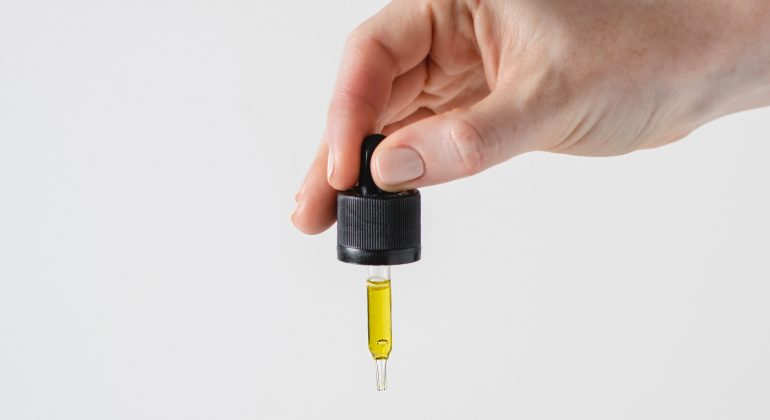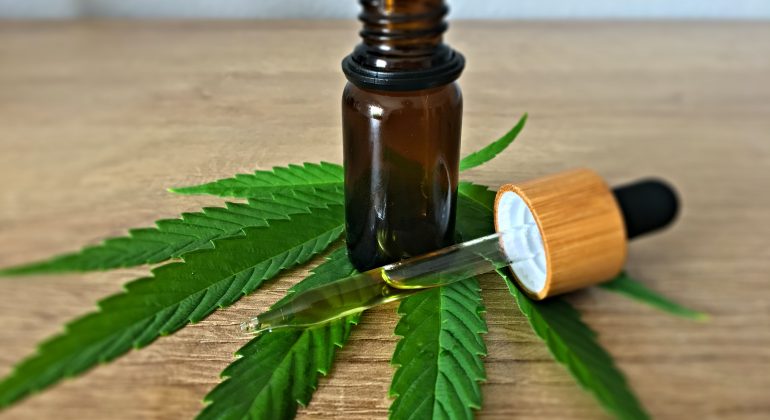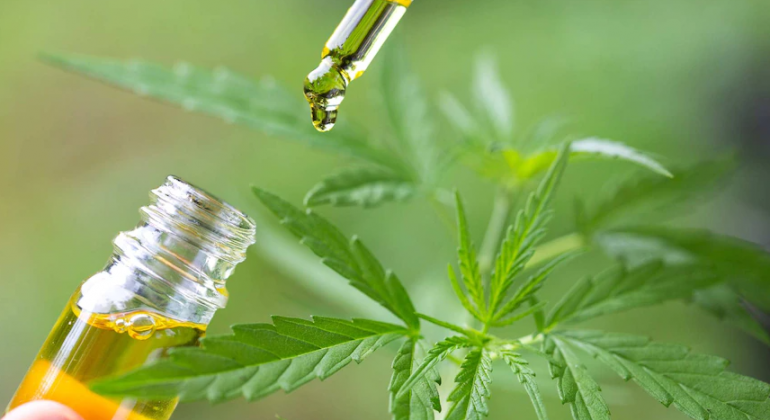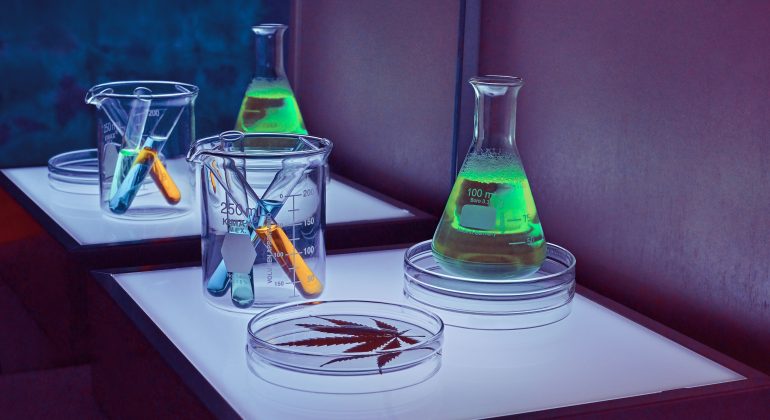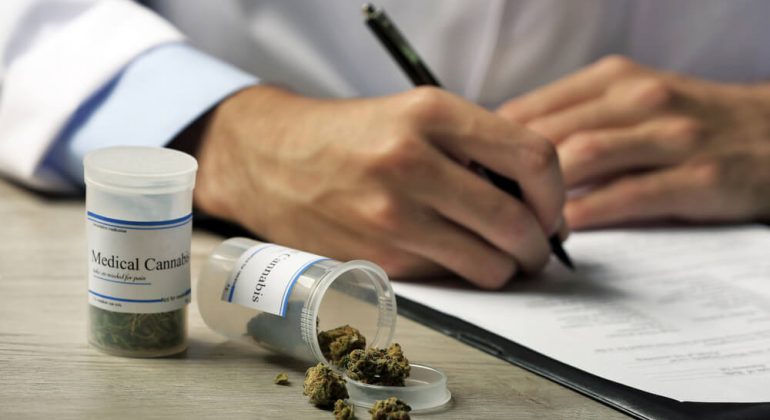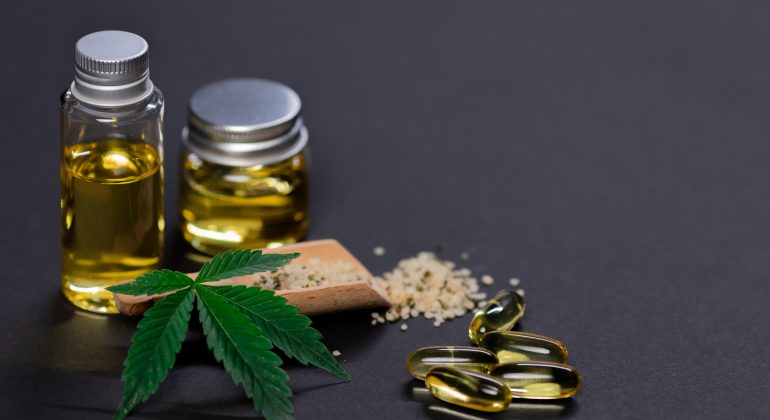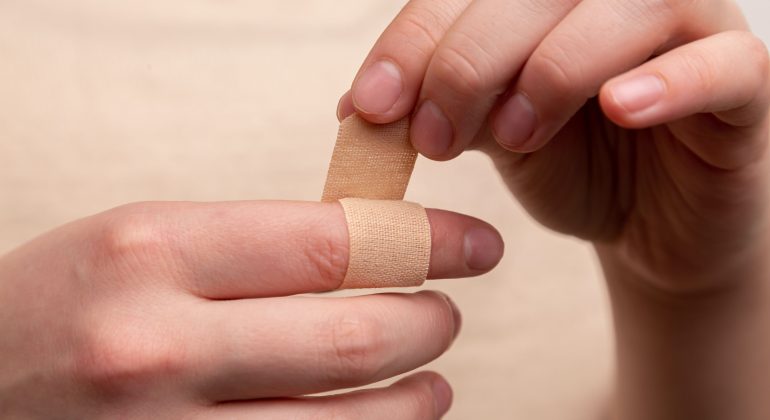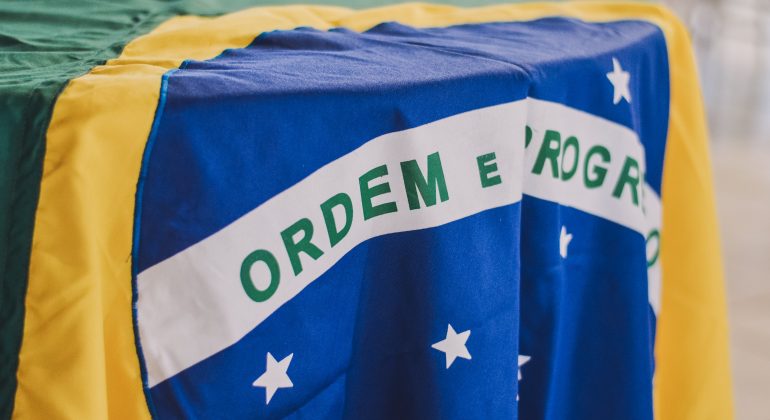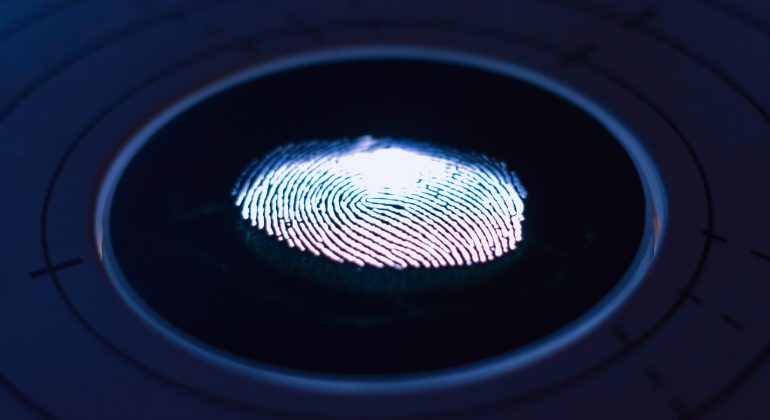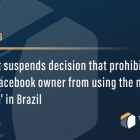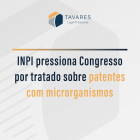Understand the impact of medical marijuana use on the lives of those who depend on expensive treatments
This week, in an unprecedented decision, the 6th Panel of the Superior Court of Justice allowed three Brazilians to plant marijuana for medicinal purposes.
To show the impact of this decision on the lives of those who depend on very expensive treatments – and who can now be authorized to produce their own medicine at home – check out the conversation with researchers and with one of the patients who received this authorization.
A little marijuana plant will get big, flower, and be transformed into this extract. This is how the entire production is controlled by a 27-year-old who lives in Sorocaba, in the interior of São Paulo.
“I chose not to appear because there is still a lot of prejudice. I’m not doing anything wrong,” said the patient, who asked not to be identified.
And he’s not committing any crime, anyway. The Superior Court of Justice authorizes it. Until now, habeas corpus – authorizations for planting – had only been issued by lower courts, never by the STJ, which is a federal court. But the ministers of the 6th Panel were unanimous in their decision last Tuesday (14th).
The young man from Sorocaba had already asked for authorization to plant in the municipal and state courts, but without success. In addition to this case, the ministers of the 6th Panel of the STJ also gave permission for a woman and her nephew to grow marijuana for medicinal purposes. He treats psychiatric disorders.
“I have been taking medicine since I was 12 years old. Anything was cause for anxiety. I had really, really bad depression,” he said, who was introduced to medical marijuana by his mother.
The mother, in turn, decided to take a course.
“I had a certain prejudice, but then you learn in the course that what you are taking is a medication”, she says.
Reporter: And how are you today?
Patient: I haven’t known what it’s like to have an anxiety attack for almost two years.
Who prescribed marijuana substances for the three patients was Dr. Eliane Nunes, psychiatrist and founder of the Brazilian Society for the Study of Cannabis Sativa. She and a group of lawyers helped to set up court cases for patients authorized by the STJ to plant at home.
“We want the right of all patients to plant. What we don’t have here in Brazil is the regulation of this domestic cultivation”, says Eliane.
Today, there are five associations with granted habeas corpus for planting and production in Brazil. And there is no exact number of families authorized to cultivate for medicinal use.
It is also possible to import or buy medicines made with substances taken from the plant in pharmacies. But there are many people who want to grow and make their own oil because of the high price.
The planting of cannabis Sativa appears in 33 proposals that are being processed today in the Chamber of Deputies. In the Senate, there are three projects that deal with the regulation of the cultivation, harvesting, and medicinal use.
Source: G1

